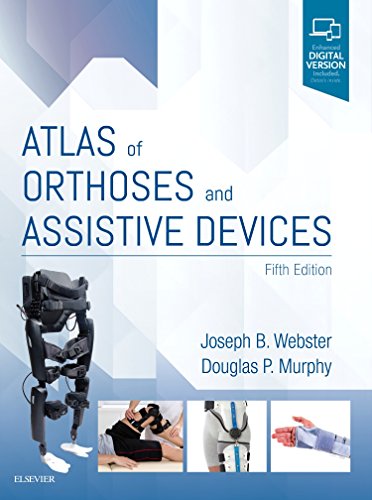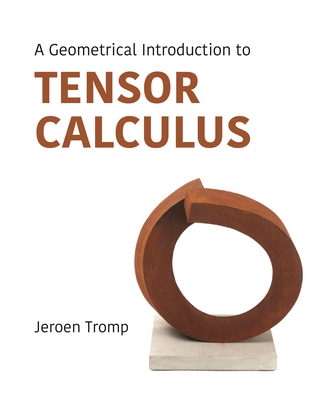
Atlas of Orthoses and Assistive Devices
矫形器和辅助器械图集 第5版
临床诊断学
¥
1867.5
售 价:
¥
1494.00
优惠
平台大促 低至8折优惠
作 者
出 版 社
出版时间
2018年01月01日
装 帧
精装
页 码
664
语 种
英文
版 次
5th ed.
综合评分
暂无评分
- 图书详情
- 目次
- 买家须知
- 书评(0)
- 权威书评(0)
图书简介
Advances in the material sciences, 3D printing technology, functional electrical stimulation, smart devices and apps, FES technology, sensors and microprocessor technologies, and more have lately transformed the field of orthotics, making the prescription of these devices more complex than ever before. Atlas of Orthoses and Assistive Devices, 5th Edition, brings you completely up to date with these changes, helping physiatrists, orthopaedic surgeons, prosthetists, orthotists, and other rehabilitation specialists work together to select the appropriate orthotic device for optimal results in every patient. Provides an introduction to Brain-Computer Interface (BCI) systems relating to Assistive Technology (AT) systems and orthotics. Includes Key Points in every chapter so you can quickly access expert guidance. Maintains a valuable balance of content that is essential for both physiatrists and orthopaedic surgeons. Covers state-of-the-art topics in the areas of biomechanics, fabrication techniques, and construction of orthoses with advanced technologies. Incorporates an all-new, vibrant full-color design to enhance illustrations and make navigation fast and easy. Places greater emphasis on carbon fiber materials and lightweight thermoplastics. Includes content on 3D printing technology and how it has revolutionized fabrication strategies. Features a more in-depth discussion of sensors and microprocessor technologies, advances in FES technology with respect to orthotics, smart devices and relevant apps, and the use of scanner technology in orthotic fabrication. Explains new orthotic devices and their indications from acute traumatic situations through chronic rehabilitation needs. Expert ConsultT eBook version included with purchase. This enhanced eBook experience allows you to search all of the text, figures, and references from the book on a variety of devices.
本书暂无推荐
本书暂无推荐















